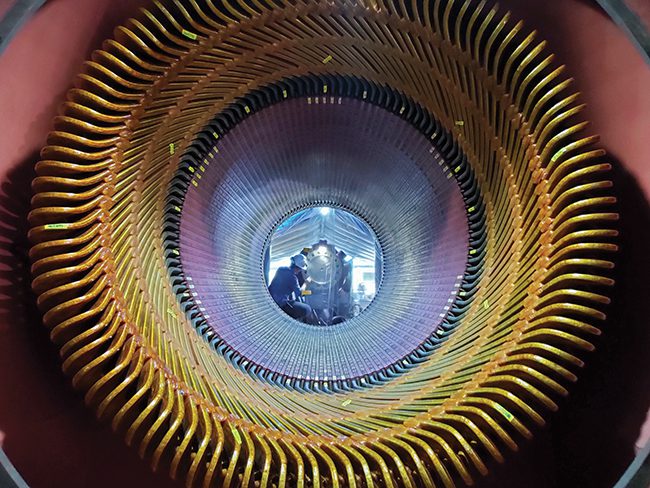
Historically, generator inspections require rotor removal (Figure 1). There’s a significant level of risk during this process due to possible generator damage during the disassembly, and it also requires additional…

Historically, generator inspections require rotor removal (Figure 1). There’s a significant level of risk during this process due to possible generator damage during the disassembly, and it also requires additional…

Long-time POWER readers may remember Marmaduke Surfaceblow, a fictional character whose engineering escapades were brilliantly portrayed in hundreds of stories published within POWER magazine’s pages over more than 30 years…
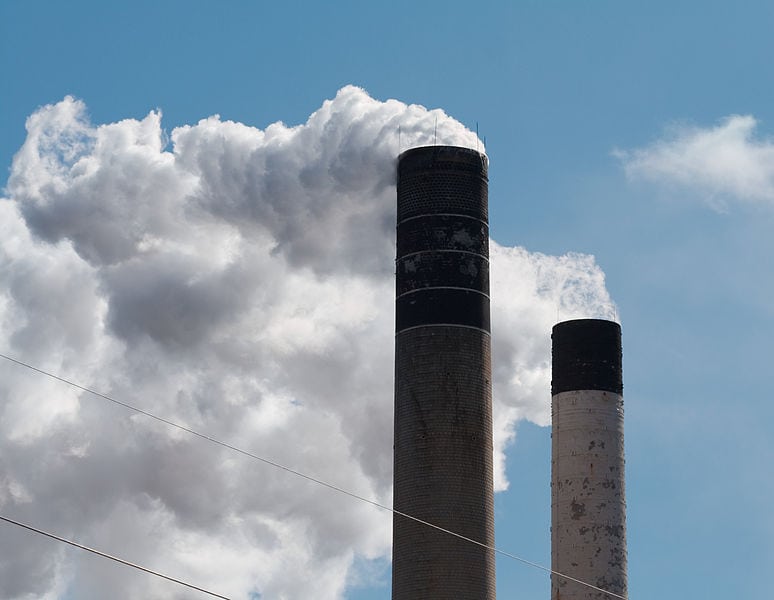
There is an urgent need for accurate and efficient emissions monitoring technologies to ensure air pollution is adequately controlled. Infrared spectroscopy and precision infrared filters play a critical role in…
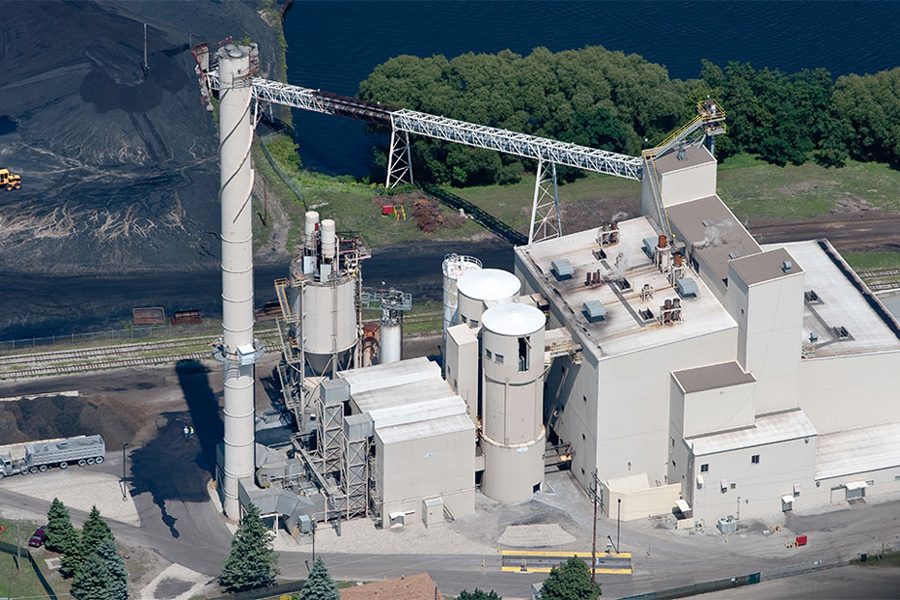
CMS Energy's subsidiary NorthStar Clean Energy has given Babcock & Wilcox (B&W) the green light to start initial work on converting a 73-MW coal-fired power plant in Michigan into a…
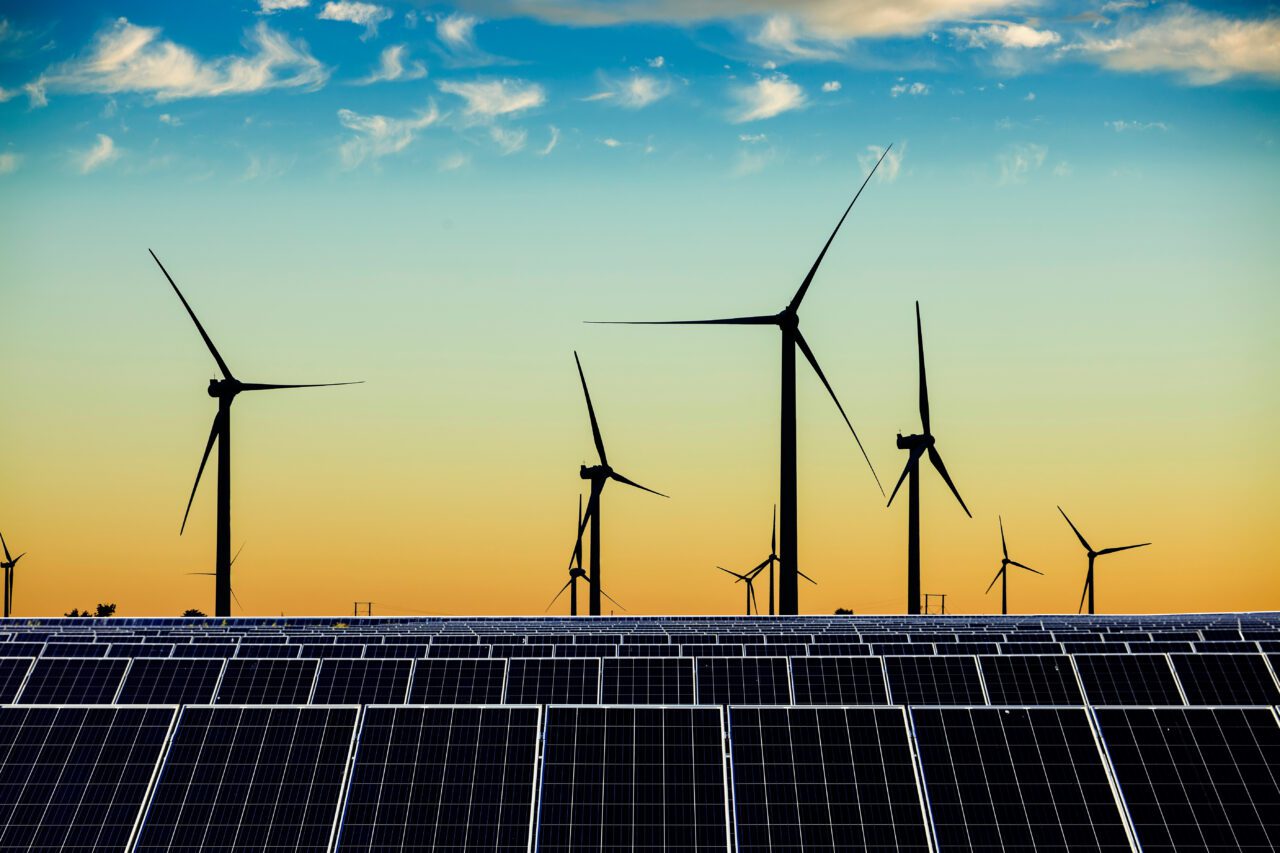
The Inflation Reduction Act (IRA) represents the largest incentive effort for clean energy in U.S. history. Its impact touches multiple sectors, including solar, wind, hydrogen, energy storage, and more. The…
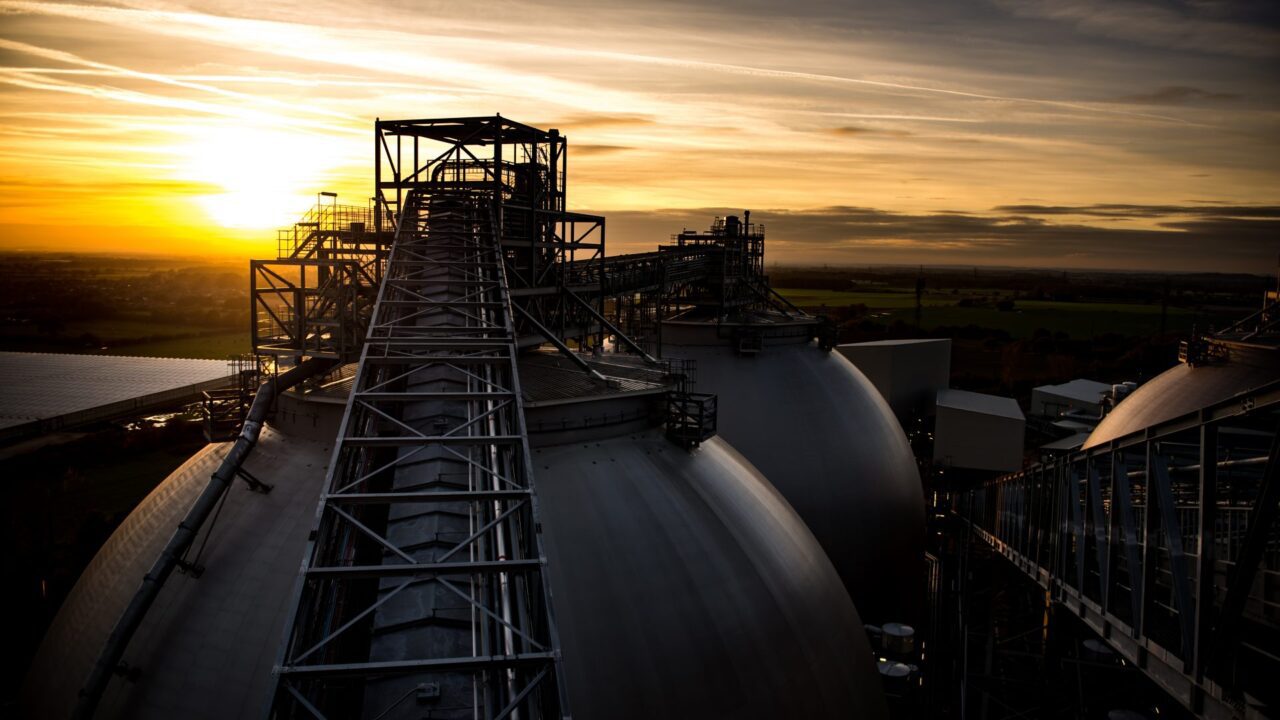
The 2.6-GW Drax Power Station in northeastern England—once Western Europe’s largest coal-fired power plant—is poised to pioneer bioenergy with carbon capture and storage (BECCS), a negative emissions technology. In a…
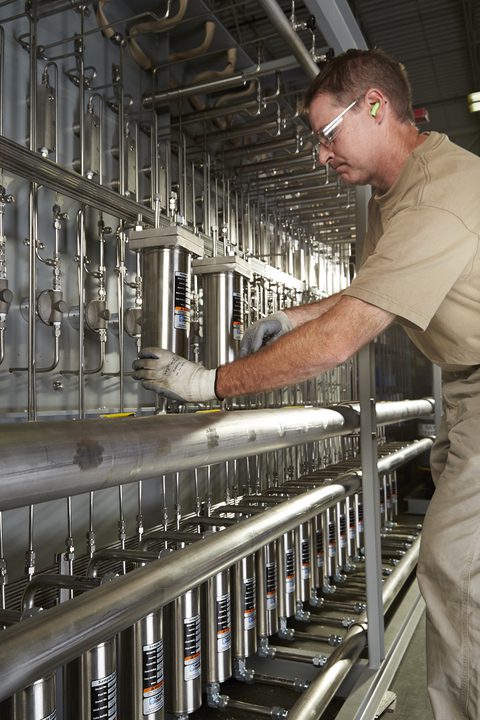
While the effects of extreme summer weather are one thing, even regular summer weather can wreak havoc on steam and water analysis systems (SWAS) without adequate preparation. Summer sunshine and…
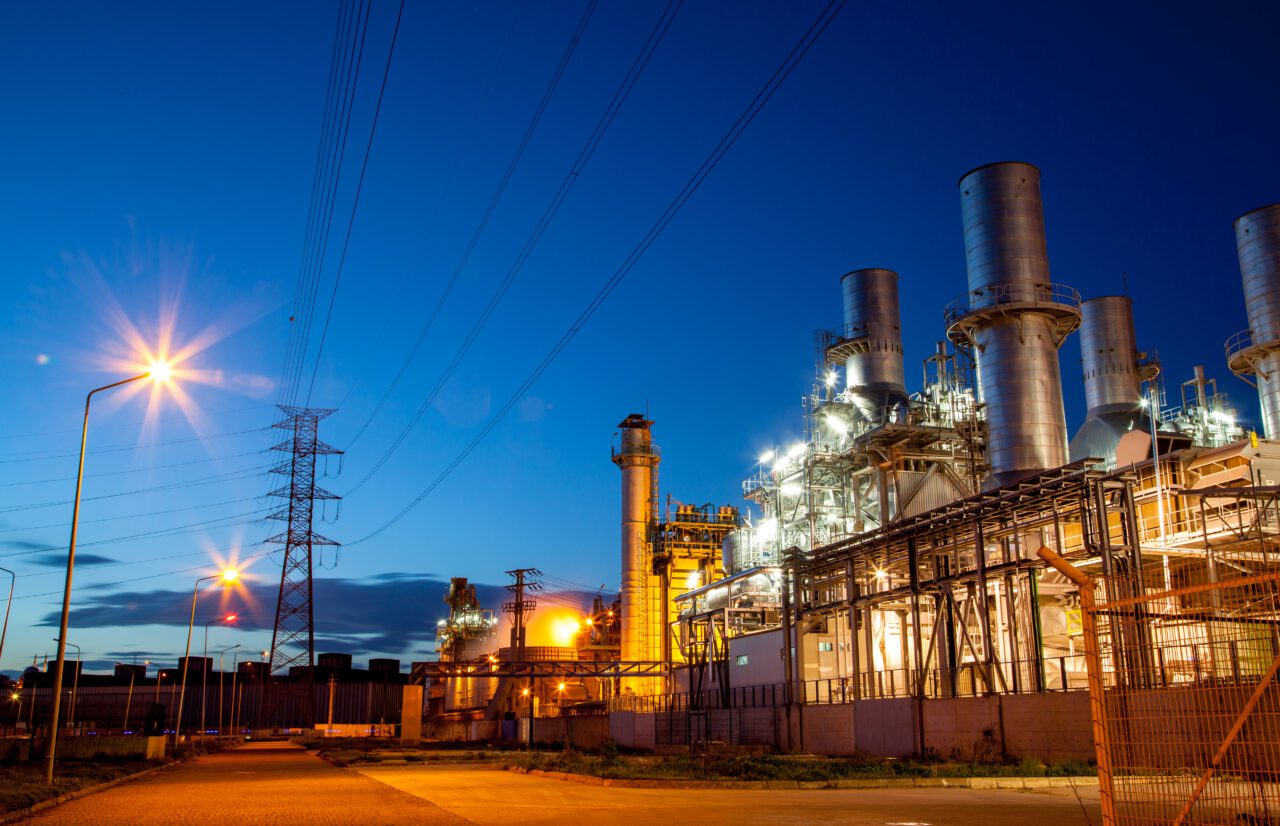
Varnish is one of the most widespread issues in power plants. It’s the hard, oil-insoluble organic residue that cannot be easily removed from mechanical components. It typically occurs in turbines…
State-run media in China reported that a facility there has begun testing production of ethanol through the use of coal, rather than using crops such as corn or sugar cane…
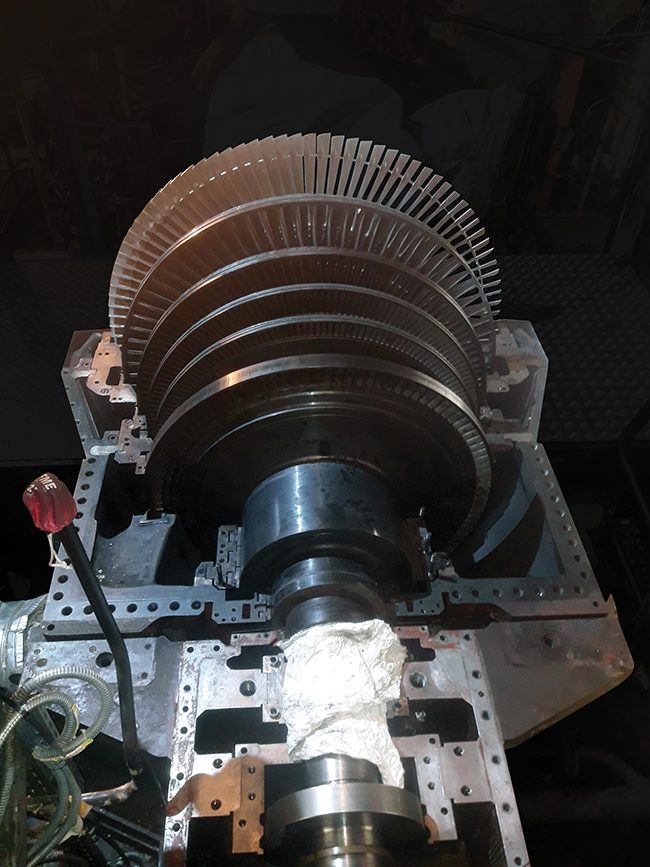
Steam turbines are used in many applications on various scales to drive equipment such as pumps, compressors, and generators. Routine maintenance, as laid out by the original equipment manufacturer (OEM)…